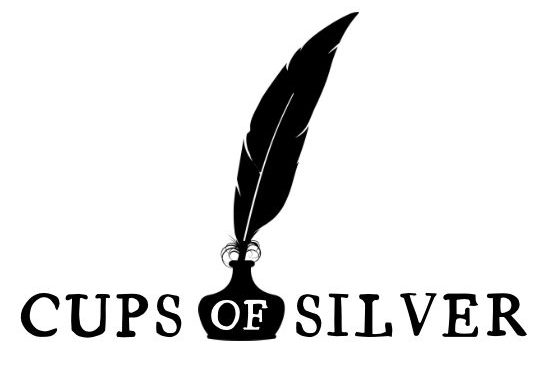Jezebel’s article “The Perfect Terror of the White Nightgown” raises an interesting discussion about the symbolism and portrayal of white nightgowns in literature, film, and popular culture. The author highlights the association of white nightgowns with vulnerability, fear, and femininity, citing examples from classic horror films and Gothic literature. While the article presents a compelling analysis of this cultural trope, it is essential to acknowledge that historical context plays a significant role in shaping our perceptions of such symbols. This response aims to add another voice to the multifaceted nature of the white nightgown and explore its complexities beyond mere terror.
The Power of Symbolism
It is undeniable that symbols hold immense power in storytelling and artistic expression. White nightgowns, in particular, have been used as a visual shorthand for vulnerability and innocence for centuries. Countless novels and movies have employed this imagery to evoke fear, heighten suspense, or even convey a sense of mystery. In the horror genre, they have become synonymous with ghostly apparitions and female characters in distress. This portrayal undoubtedly raises questions about how women’s vulnerability has been historically used to create a haunting atmosphere.
Challenging Stereotypes
While it is crucial to recognize the negative aspects of perpetuating stereotypes, it is equally important to consider the evolution of such symbolism. Early horror literature and cinema often relied on tropes that reflected societal perceptions of femininity and female vulnerability. However, contemporary storytellers and filmmakers have challenged these stereotypes, subverting the symbolism to empower female characters and explore more nuanced themes.
The Changing Narrative
Over the years, a noticeable shift has occurred in how white nightgowns are portrayed. Some creators have embraced these symbols to explore themes of agency and resilience. Rather than being passive victims, female characters are now emerging as strong and complex figures, reclaiming the nightgown’s symbolism and transforming it into a source of strength. This evolution reflects the changing attitudes towards women in society and the demand for more diverse and empowering representations in media.
Historical Context
Understanding the historical context in which these symbols emerged is critical to appreciating their impact fully. White nightgowns were historically associated with modesty, purity, and femininity, often reflecting the rigid social norms of their time. While this association may seem archaic today, it is essential to recognize that symbols can carry different meanings in different eras. Rather than dismissing them outright, we can use them as tools to understand the historical mindset and reflect on our societal progress.
Final Thoughts
The white nightgown’s association with terror is indeed a complex topic involving layers of symbolism, historical context, and evolving perspectives. As with any cultural symbol, it is crucial to acknowledge both its negative implications and the potential for reclaiming and redefining its meaning. By exploring the changing narrative of the white nightgown and other symbols in literature, film, and popular culture, we can gain valuable insights into our society’s growth and the continuous struggle for gender equality.
As creators and consumers of media, we bear the responsibility of challenging stereotypes and promoting inclusive storytelling. By doing so, we can celebrate the richness and diversity of our culture while fostering a more empathetic and understanding world for everyone.


Leave a comment